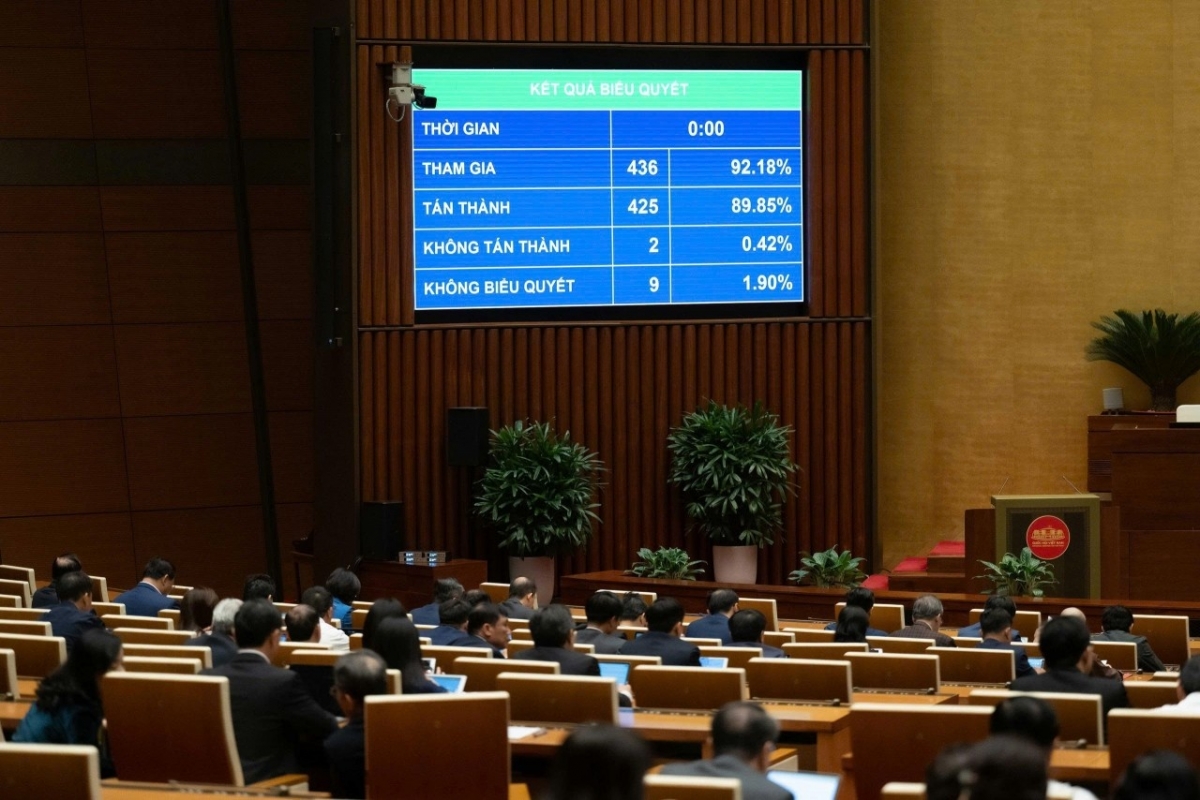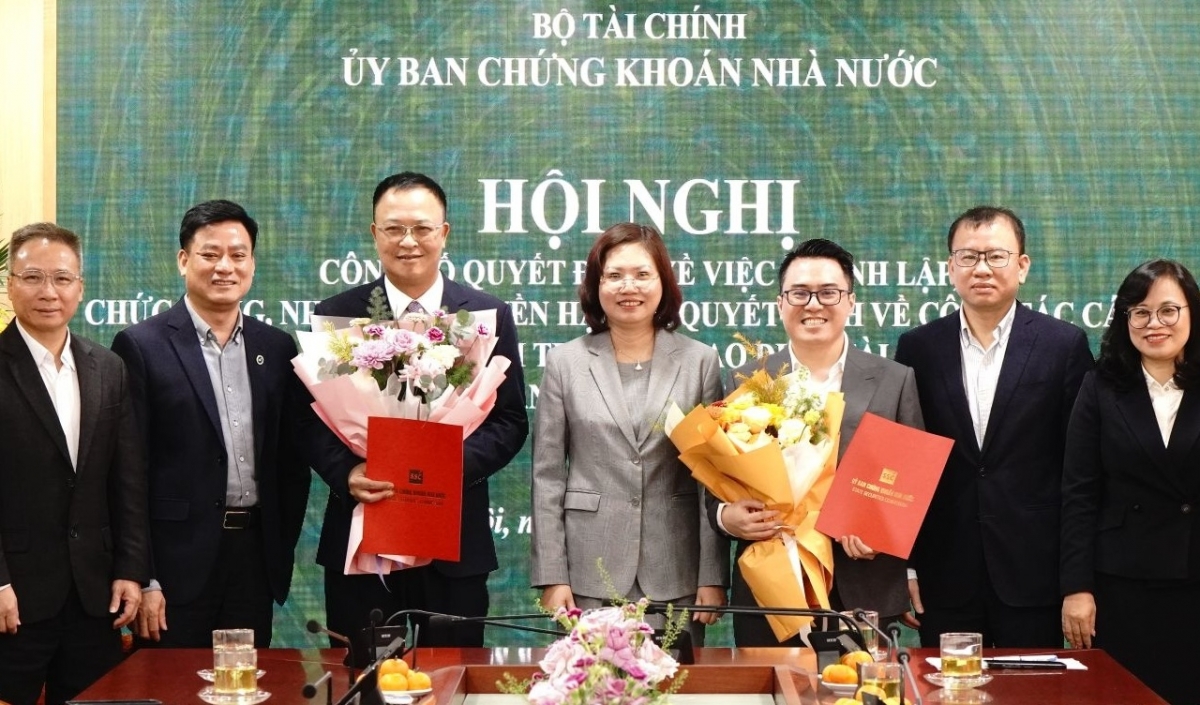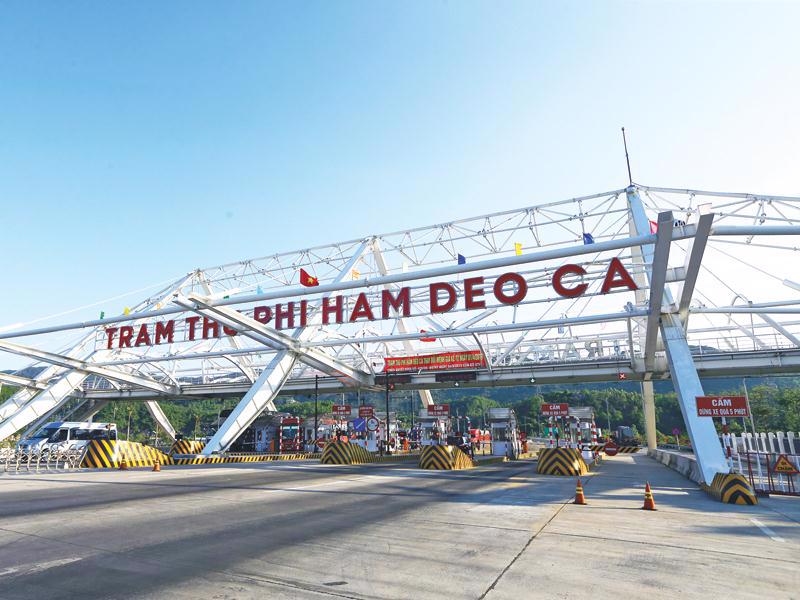INTERNATIONAL INVESTMENT
AND PORTAL
Foreign direct investment (FDI) is expected to remain a key contributor to Vietnam’s economic growth. Could you elaborate on this?
 Nguyen Ba Hung, chief economist of the Asian Development Bank in Vietnam
Nguyen Ba Hung, chief economist of the Asian Development Bank in Vietnam
Vietnam has recently performed well in attracting FDI to be an important growth driver through boosting investment spending and increasing export volumes. In 2024, FDI disbursement exceeded $25 billion, surpassing the 5 per cent GDP mark. Since the mid-1980s, cumulative FDI has reached over 53 per cent of GDP, providing essential resources for Vietnam’s the long-term development, especially given the limited availability of capital.
Foreign-invested enterprises have been performing exceptionally well in exports, significantly enhancing trade performance with a strong trade surplus. In 2024, such businesses accounted for over 71 per cent of the country’s exports and 63 per cent of imports. Notably, 81.4 per cent of FDI disbursement in 2024 was in the manufacturing sector, primarily for exports. In the first five months of this year, total disbursed FDI hit nearly $9 billion, up almost 8 per cent compared to the same period last year.
However, there is limited inward FDI to support infrastructure development in sectors other than renewable energy.
Going forward, export-oriented FDI can continue to strengthen Vietnam’s trade performance by leveraging external demand. It is important to enhance the links between foreign-led groups and domestic suppliers to improve Vietnam’s participation and value addition to global and regional supply chains. Additionally, more efforts are needed to mobilise FDI into the domestic market, especially in large infrastructure investments, to utilise their capital, technical and managerial capabilities.
What should be done for Vietnam do to attract more FDI?
Against the backdrop of falling FDI flows into developing countries and increased competition for FDI in Asia, Vietnam needs to maintain and enhance its attractiveness through macroeconomic stability, a strengthened business environment, and especially ensuring policy enforcement and certainty.
Firstly, accelerating effective institutional reforms to improve business climate is essential. The current positive momentum in reforming public investment, procurement, electricity, and public-private partnership laws need to be sustained over the long term. These reforms are crucial for improving efficiency, reducing bureaucracy, and enhancing the business environment.
Secondly, expanding quality and sustainable infrastructure is vital. While Vietnam has made much progress, infrastructure quality remains a challenge. It is important for Vietnam to scale up public investment in its infrastructure to remain an attractive FDI destination. This includes intermodal transport, digitalisation of customs processes, and clean energy supply.
A concerted effort is needed to channel public and private investment into climate-resilient infrastructure. Vietnam should establish eco-friendly industrial zones with advanced infrastructure to attract sustainable FDI. These parks should include facilities for waste management, energy efficiency, and renewable energy to support green technologies.
Finally, it is needed to address the skills gap, particularly in high-tech industries, and scaling investment in innovation and research and development (R&D) is crucial. There is a pressing need to upskill the workforce, especially in sectors like AI, fintech, and the digital economy, to meet rising investor demands.
To enhance productivity, the government can strengthen public schemes to encourage R&D, especially by linking research institutions with businesses in priority sectors, including FDI into R&D.
This requires a comprehensive transformation of higher education, including internationalising academic standards and strengthening university-industry partnerships with local businesses. The government can leverage ongoing efforts to further strengthen the innovation ecosystem and raise private investment in technological adoption and upgrading.
In addition to boosting FDI, the government is also hoping for increased public investment as a strong measure to draw in private investments. How important is it for Vietnam to achieve its desired growth target?
Vietnam economy performed strongly in 2024, driven by external sectors such as exports and FDI. Consumption grew by 6.6 per cent, while capital stock formation increased by 7.2 per cent. In comparison, export grew by 15.5 per cent, imports by 16.1 per cent, and FDI disbursement by 9.4 per cent.
Given the significant headwinds and uncertainties in the global and regional economies, it is critical to stimulate the domestic economy to balance the weakening external sectors.
Among the fiscal stimulus tools, public investment is particularly effective in boosting domestic demand for goods and services, which in turn will incentivise domestic investment and generate income for consumption.
Public investment in much-needed infrastructure will also prepare the ground for more private investment in efficient services, utilising the completed infrastructure. Accelerating investment in quality infrastructure, including attracting foreign investments, both public and private, into infrastructure mega-projects is both a critical need and an opportunity for boosting growth.
Public investment can also be scaled up for research and development, education and training of crucial skills for emerging industries, contributing to longer-term sustainable development.
The government recognised public investment as a critical engine of economic growth, estimating that a 1 per cent increase in public investment disbursement will lead to a 0.058 per cent increase in GDP growth. Additionally, the multiplier effect of disbursed public investment capital catalysing investment capital from the non-state sector is 1.61, making public investment an effective way to stimulate private investment.
What challenges are you seeing in Vietnam’s efforts to speed up public investment disbursement, and how can they be solved?
Over the past years, Vietnam has consistently fallen short of its public investment disbursement targets, despite sizeable, budgeted plans. In 2024, the country disbursed $21.96 billion, which is only 72 per cent of the planned amount.
Significant ongoing reforms to improve administrative efficiency and effectiveness, including changes in the Public Investment Law, Procurement Law, and related regulations, aim to address longstanding challenges in the preparation and implementation of public projects.
These reforms promise to enhance the execution of the ambitious public investment plans, with quick and effective implementation being key. If effectively implemented, these reforms will facilitate faster project approvals and implementation, improve public investment efficiency, and support Vietnam’s development towards becoming an upper-middle-income country by 2030.
Aside from public investment, other fiscal measures to expand social spending, such as social safety nets or incentives for re-skilling the transitioning labour force, can off-set the near-term adverse impact of the economic restructuring on their incomes and consumption, while accelerating the necessary adjustments for longer-term growth.
Public investment and fiscal spending stimulus, like many other government’s initiatives, require good coordination across ministries to be implemented effectively. In this institutional context, the government’s institutional reforms to enhance the regulatory environment for more effective public ventures should be supplemented by broad-based business environment reforms and capital market development to unlock private investment for the overall economy.
 Vietnam targets strategic FDI for innovation and long-term value
Vietnam targets strategic FDI for innovation and long-term value
Vietnam is reshaping its foreign direct investment strategy to prioritise high-quality, technology-driven, and sustainable projects, aiming to boost innovation, productivity, and national competitiveness in a changing global landscape.
 Vietnam and New Zealand: from trade partners to FDI allies
Vietnam and New Zealand: from trade partners to FDI allies
Despite contributing only a modest share of Vietnam’s foreign direct investment (FDI) inflows, New Zealand is positioning itself as a strategic partner in Vietnam’s next development chapter. The two nations’ deepening engagement is paving the way for increased capital flows in key areas such as green energy, agri-tech, education and training, and high-value manufacturing.



















